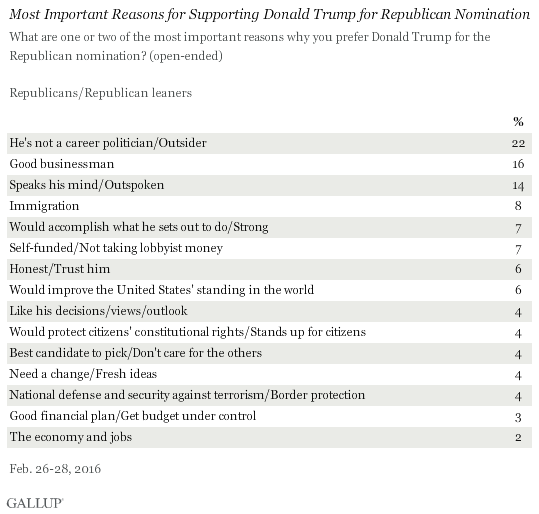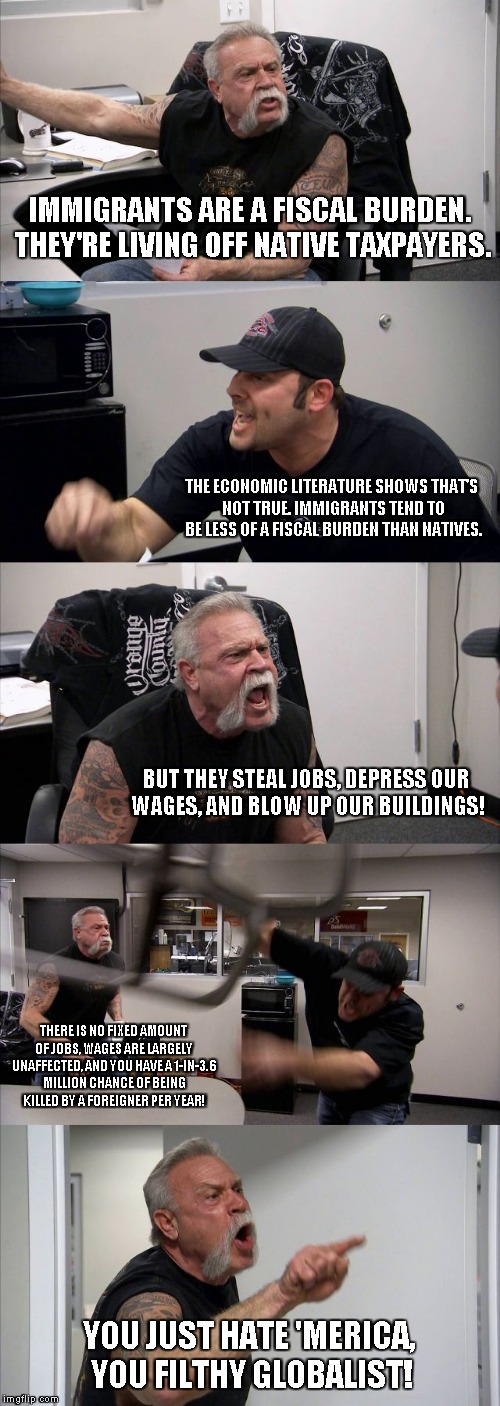Earlier this year, I highlighted some research on diversity and its relation to the immigration question. The Washington Post had a recent piece on Fox News anchor Tucker Carlson’s less-than-subtle anti-diversity views. Within the article, the author highlighted several studies on how diversity contributes to organizational well-being. I thought I’d dive into these studies for your reading pleasure.
One study from Cloverpop, as reported in Forbes,
analyzed approximately 600 business decisions made by 200 different business teams in a wide variety of companies over two years, using the Cloverpop decision-making database. The full research results on inclusive decision making are available for download if you’d like to dive in. To topline it, our research shows a direct link between inclusive decision making and better business performance:
• Inclusive teams make better business decisions up to 87% of the time.
• Teams that follow an inclusive process make decisions 2X faster with 1/2 the meetings.
• Decisions made and executed by diverse teams delivered 60% better results.
… According to the research, teams outperform individual decision makers 66% of the time, and decision making improves as team diversity increases. Compared to individual decision makers, all-male teams make better business decisions 58% of the time, while gender diverse teams do so 73% of the time. Teams that also include a wide range of ages and different geographic locations make better business decisions 87% of the time.
… We also found that diverse groups are more likely to encounter operational friction when executing business decisions. In short, less diverse teams make worse decisions, and then diverse teams struggle to put their decisions into action. The worst situation is to have an all-male team make a decision that is executed by a gender-diverse group. This worst-of-both-worlds combination underperformed by 15%. In contrast, our analysis found that the most inclusive decision-making and execution teams performed 60% better than average.
A 2014 study reviewed the relevant literature and found the following benefits of diversity (while admitting that managing diversity is difficult, but doable):
Diversity stimulates innovation and productivity and creates a world class culture that can outperform the competition.
A multicultural organization is better suited to serve a diverse external clientele in a more increasingly global market. Such organizations have a better understanding of the requirements of the legal, political, social, economic and cultural environments of foreign nations (Adler, 1991).
In research-oriented and hi-tech industries, the broad base of talents generated by a gender-and ethnicdiverse organization becomes a priceless advantage. “Creativity thrives on diversity” (Morgan, 1989).
Multicultural organizations are found to be better at problem solving, possess better ability to extract expanded meanings, and are more likely to display multiple perspectives and interpretations in dealing with complex issues.
Organizations employing a diverse workforce can supply a greater variety of solutions to problems in service, sourcing, and allocation of resources.
Employees from diverse backgrounds bring individual talents and experiences in suggesting ideas that are flexible in adapting to fluctuating markets and customer demands.
A diverse collection of skills and experiences (e.g. languages, cultural understanding) allows a company to provide service to customers on a global basis.
A diverse workforce that feels comfortable communicating varying poitns of view provides a larger pool of ideas and experiences (pg. 83).
Finally, a 2016 Harvard Business Review article provides a nice rundown of several important studies on diversity:
A 2015 McKinsey report on 366 public companies found that those in the top quartile for ethnic and racial diversity in management were 35% more likely to have financial returns above their industry mean, and those in the top quartile for gender diversity were 15% more likely to have returns above the industry mean.
In a global analysis of 2,400 companies conducted by Credit Suisse, organizations with at least one female board member yielded higher return on equity and higher net income growth than those that did not have any women on the board.
… People from diverse backgrounds might actually alter the behavior of a group’s social majority in ways that lead to improved and more accurate group thinking. In a study published in the Journal of Personality and Social Psychology, scientists assigned 200 people to six-person mock jury panels whose members were either all white or included four white and two black participants. The people were shown a video of a trial of a black defendant and white victims. They then had to decide whether the defendant was guilty.
It turned out that the diverse panels raised more facts related to the case than homogenous panels and made fewer factual errors while discussing available evidence. If errors did occur, they were more likely to be corrected during deliberation. One possible reason for this difference was that white jurors on diverse panels recalled evidence more accurately.
Other studies have yielded similar results. In a series of experiments conducted in Texas and Singapore, scientists put financially literate people in simulated markets and asked them to price stocks. The participants were placed in either ethnically diverse or homogenous teams. The researchers found that individuals who were part of the diverse teams were 58% more likely to price stocks correctly, whereas those in homogenous groups were more prone to pricing errors, according to the study, published in the journal PNAS. Diverse teams are more likely to constantly reexamine facts and remain objective. They may also encourage greater scrutiny of each member’s actions, keeping their joint cognitive resources sharp and vigilant.
… Greater diversity may also change the way that entire teams digest information needed to make the best decisions. In a study published in the Personality and Social Psychology Bulletin, Katherine Phillips of Northwestern University and her team divided sorority or fraternity members into four-member groups, each of which had to read interviews conducted by a detective investigating a murder. Three people in every group, referred to as “oldtimers” in the study, came from the same sorority or fraternity, whereas the fourth, the so-called “newcomer,” was either a member of the same sorority or fraternity or a different one. The three oldtimers in each group gathered to decide who was the most likely murder suspect. Five minutes into their discussion, the newcomer joined the deliberation and expressed their opinion as to who the suspect was. It turned out that although groups with out-group newcomers felt less confident about the accuracy of their joint decisions, they were more likely to guess who the correct suspect was than those with newcomers who belonged to the same group.
…In a study published in Innovation: Management, Policy & Practice, the authors analyzed levels of gender diversity in research and development teams from 4,277 companies in Spain. Using statistical models, they found that companies with more women were more likely to introduce radical new innovations into the market over a two-year period.
In another study, published in Economic Geography, the authors concluded that increased cultural diversity is a boon to innovativeness. They pooled data on 7,615 firms that participated in the London Annual Business Survey, a questionnaire conducted with the UK capital’s executives that asks a number of questions about their companies’ performance. The results revealed that businesses run by culturally diverse leadership teams were more likely to develop new products than those with homogenous leadership.
Though you may feel more at ease working with people who share your background, don’t be fooled by your comfort. Hiring individuals who do not look, talk, or think like you can allow you to dodge the costly pitfalls of conformity, which discourages innovative thinking.
“How, precisely, is diversity our strength,” you ask, Tucker? See above. And see here, here, and here.



























